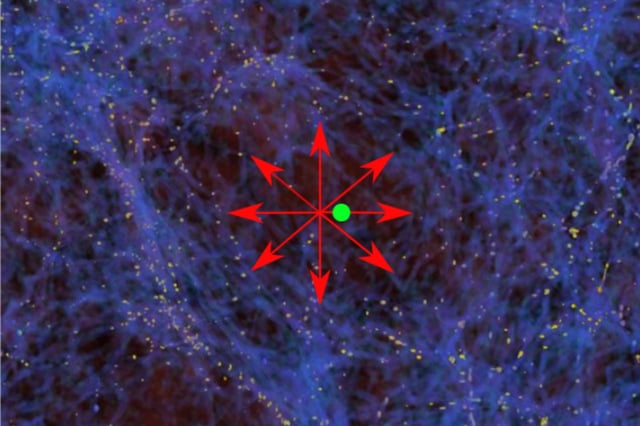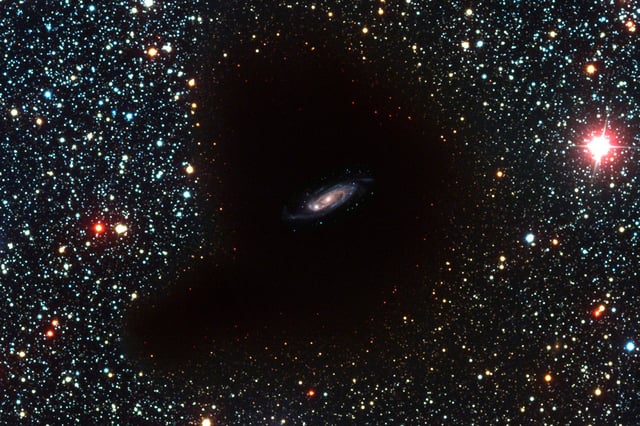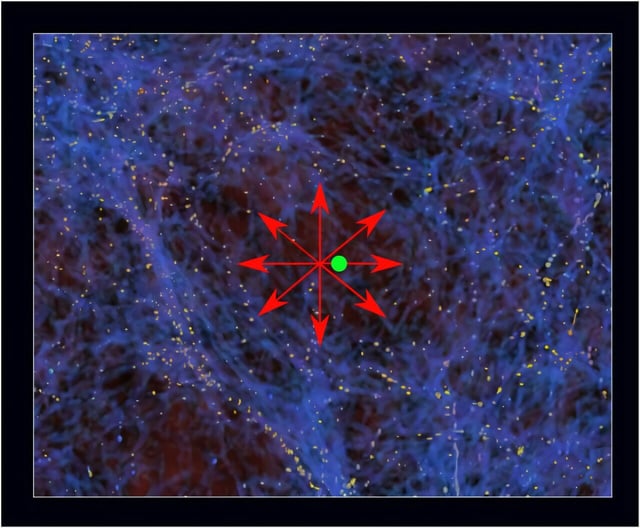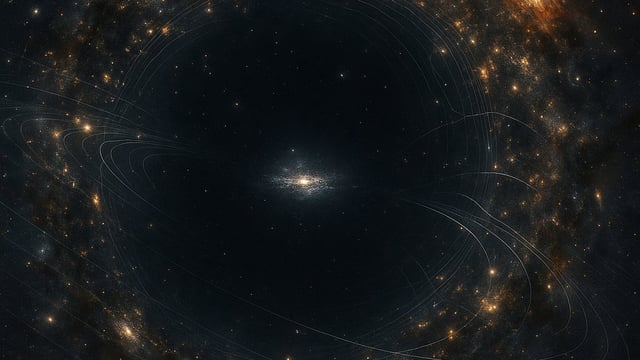Overview
- The Hubble tension arises from a discrepancy between faster local expansion measurements and slower rates inferred from the cosmic microwave background
- Resolving this tension requires the Milky Way to be near the center of a roughly billion-light-year bubble with a density about 20% below the cosmic average
- Baryon acoustic oscillations—fossilized sound waves from the Big Bang—act as a standard ruler and show distortions consistent with a large underdense region around Earth
- A void of this size conflicts with the Lambda-CDM model’s assumption of large-scale uniformity, making its existence statistically unlikely in standard cosmology
- Researchers will use cosmic chronometers, based on the ages of non–star-forming galaxies, to independently map expansion history and test the void hypothesis



